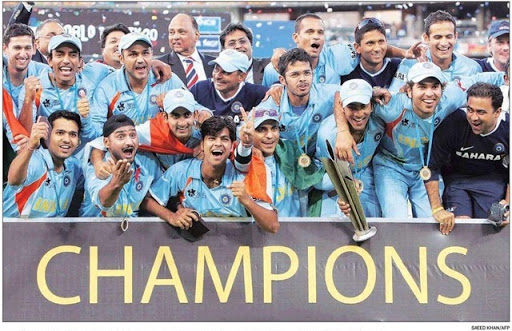 In the Caribbean islands which spawned a conveyor belt of intimidating pacemen in the 1970s and 1980s, spin is poised to dominate the ICC World Twenty20.
In the Caribbean islands which spawned a conveyor belt of intimidating pacemen in the 1970s and 1980s, spin is poised to dominate the ICC World Twenty20.Gone are the days when lightning fast tracks were the norm in the West Indies and the slower bowlers are expected to prosper in the third edition of the 17-day run-fest which starts in Guyana on Friday.
India, who won the inaugural ICC World Twenty20 title in 2007, and Pakistan, the 2009 champions, have the best spinners in the tournament and could dominate, according to former Pakistan captain Wasim Akram.
"The pitches in the West Indies are more suited to spin now and Pakistan and India have plenty of options to bank upon," Akram said. Pakistan has included two specialist spinners, Saeed Ajmal and Abdul Rehman, in their squad while India has Harbhajan Singh and Piyush Chawla. Both teams also have several spin bowling all-rounders.
Former captain Ramiz Raja said while they were no favourites in the fastest format of cricket Pakistan and India had to be feared because of their records. "When it comes down to Twenty20 cricket then certainly Pakistani and Indian players have adapted better compared to the Australians, English or South African players," Raja said.
Former captain and Pakistan's most capped player, Inzamam-ul-Haq said that Pakistani players had an advantage since they had not appeared in the Indian Preier League matches before the World Cup.
"Our players are fresh and short of international cricket so they will be craving to do well in a mega event," Inzamam said. "Spinners will definitely play an influential role, it just shows that slow bowlers can be effective in any format of cricket," he added.
"The conditions should suit India with the kind of spinners we have and I think he (Dhoni) will be very confident with the team we are taking to the West Indies," he said.
"From the Indian side, Suresh Raina is someone I'm very keen to watch at the world level. He should be someone who will be absolutely sensational to watch." The ICC World Twenty20 kicks off on Friday with two matches in Guyana with the final in Barbados on May 16.
